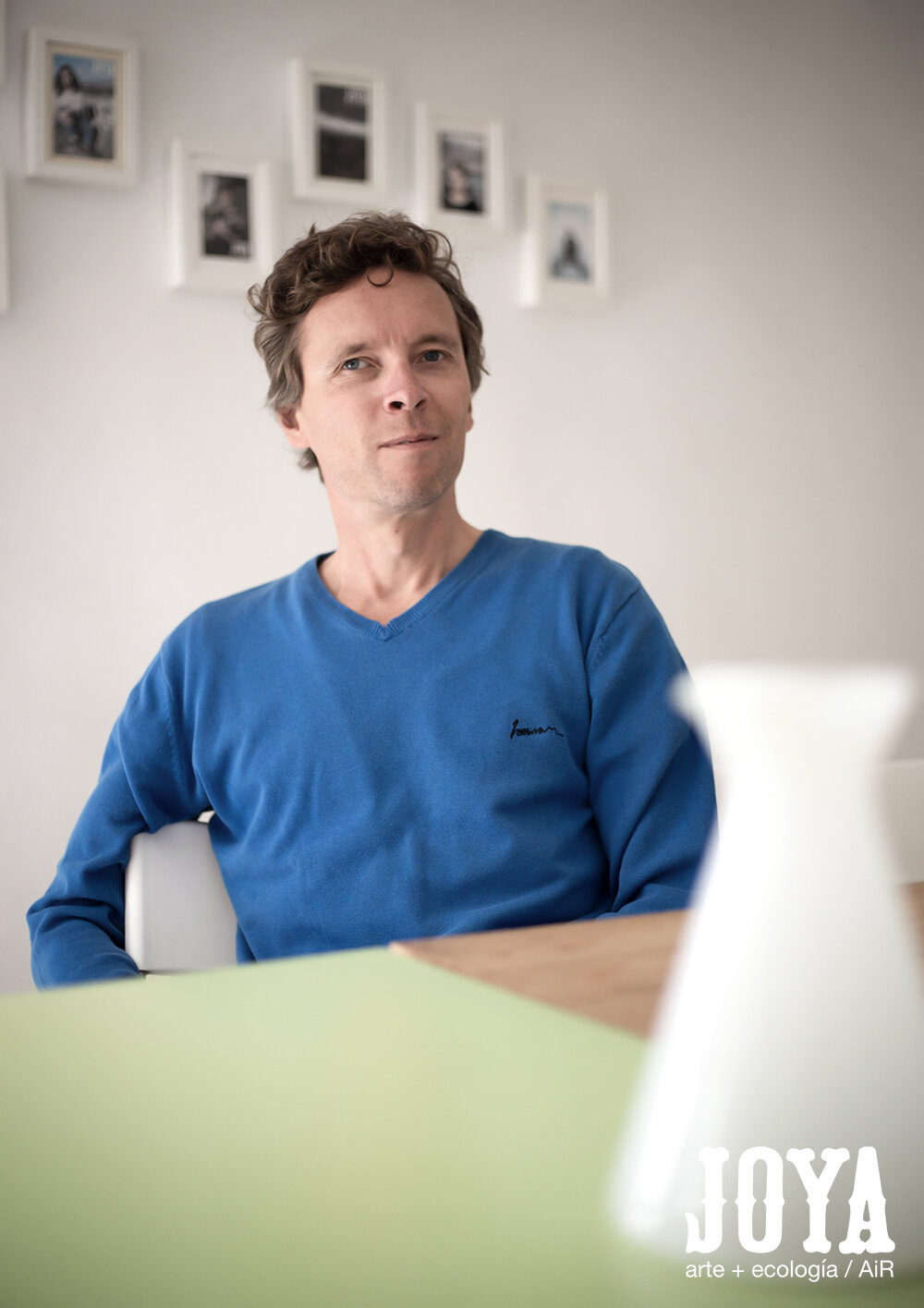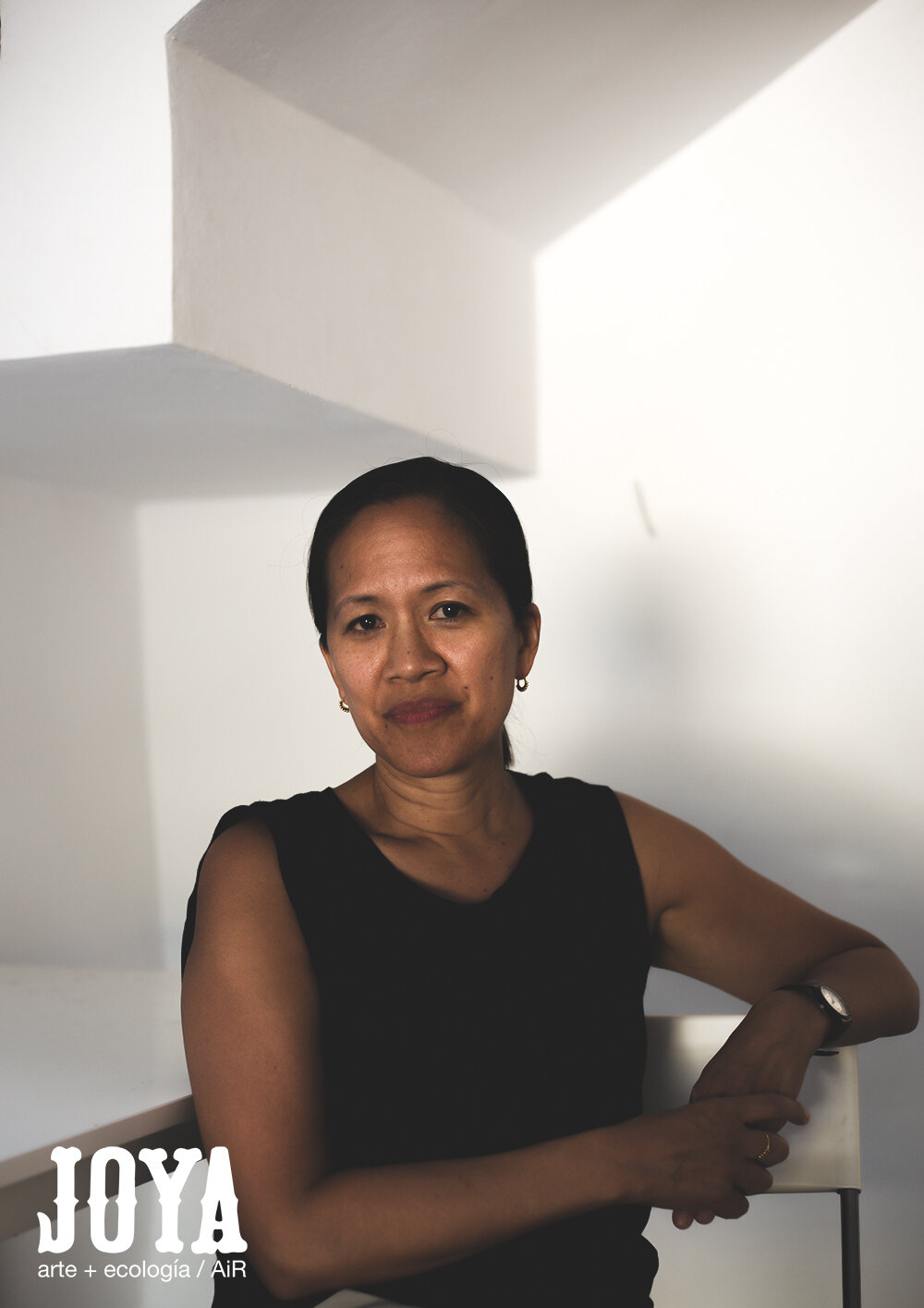“Tia Vellani here. In my visual arts practice, I'm motivated by the unsolved questions of where music comes from and why we love it. I build outdoor, multi-player musical instruments from recycled objects. I invent and orchestrate multimedia collaborations that combine music, visual art and science. I create digital art and tapestries from music. I compose music inspired by visual art and science.
My favourite parts about Joya: AiR were the design of the studios, living spaces, and schedule (late dinners being the only scheduled activity). They encouraged interaction with other artists as well as independent practice. There were plenty of cosy spots to sketch, chat, eat, read, dream, and work. There was enough wifi to keep in touch and for a bit of research when I needed it.
In the beginning I struggled to decide how to spend my precious 2 weeks. Was I going to practice drawing, write a journal, compose music, or was I going to use up the entire time trying to decide? After settling in though, I was content to simply be, come what may.
I chose to give a talk about my work the day after arriving because I wanted my conversations to be engaging and relevant straight away. I'm glad I did because artists at Joya: AiR come and go and several people left shortly after I arrived. The few conversations I had with them were transformative, as was hearing about their work. I also received some good advice about restructuring the presentation of my practice.
I took a lot of solo walks during the days, absorbing the deeply ancient landscape and bringing bits of it back in my pockets. I eventually started taking a sketchbook with me, overcoming the ego-mountain that was holding me back from learning to draw.
The fire was lit every evening where people played board games, read or had the chats. I unexpectedly managed to find time to write an application for a curatorial studio visit. It was easy to concentrate with no responsibilities, including feeding myself. Donna's dinners were delicious!
The volunteers, Jette and Georg, were as much a part of daily life as the artists. Georg gave me some pretty intense introductory sessions in programming with JavaScript to enable me to carry out my musical programming ideas on my own. Jette and I played duets on the beautiful old piano Donna and Simon have in the living room and went on sketch-walks together.
I wasn't aware of the emotional healing that was taking place in me while I was at Joya: AiR until I got home. At Los Gázquez (Joya: AiR) I woke up weeping more than once, grieving an accumulation of life's disappointments. My first morning back in Ireland, I woke up singing Bach. Literally. I woke myself up... singing. And the sheer weirdness of it made me smile. I'm so very grateful to Donna and Simon for all the love and work they put into creating a safe, stimulating place where one may heal”.
Tia Vellani
Tia integrates art, music and science in her practice. She considers herself a visual artist though she has had no formal training. She’s played music all her life: classical piano at age 3, concert flute, voice and West African percussion. Her educational background is in science (Ph.D and postdoctoral experience in genetics, molecular biology, biochemistry and genomics).



















































